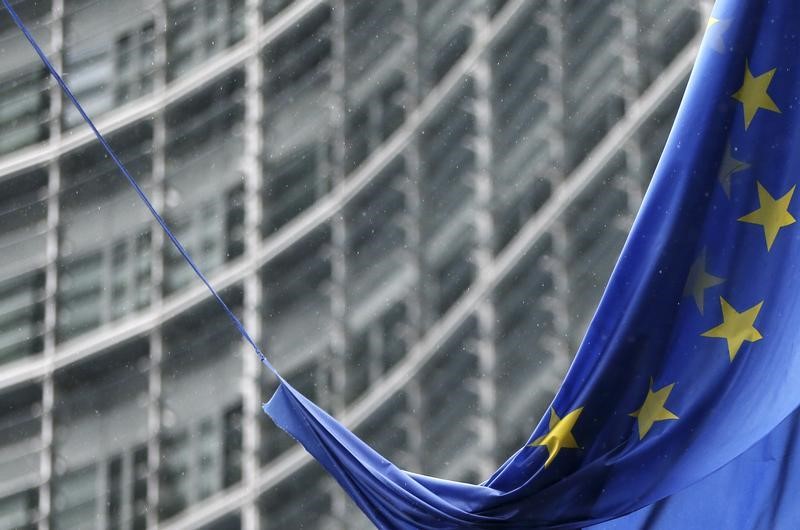By Jonathan Gould
FRANKFURT (Reuters) - The EU's insurance watchdog has expanded its latest test of financial health to include more smaller insurers, seen as especially vulnerable to low interest rates and a potential weak point in the sector.
The stress tests, run every other year by the European Insurance and Occupational Pensions Authority (EIOPA), will focus on two major market risks in 2016: prolonged low interest rates and a "double hit" scenario, where low rates are combined with a sudden drop in asset prices.
"In order to include a higher number of small and medium size insurers, the participation target was increased from a 50 percent in 2014 to a 75 percent share of each national market in terms of gross life technical provisions," EIOPA said in a statement on Tuesday.
Low interest rates hurt the return insurers can earn on their current investments but also mean more money will be needed to meet future promises to policy holders.
The International Monetary Fund (IMF) last year warned of a "high and rising" danger to weaker mid-sized European life insurers, while the "double hit" scenario has also been highlighted by the European Systemic Risk Board -- the bloc's early warning system -- as a source of potential financial disruption.
Big diversified insurers such as Allianz (DE:ALVG), Axa (PA:AXAF) and Generali (MI:GASI) are expected to be strong enough to withstand market swings, while smaller insurers are seen as more vulnerable, past stress tests by EIOPA have shown.
EIOPA's 2014 stress tests showed that with prolonged low interest rates, nearly one in four insurers would not meet their Solvency Capital Requirement - the regulatory benchmark - and some could face problems in meeting promises to policy holders within 8-11 years.
"I am confident that the results of the simulation of such shocks will provide us a 'high-resolution' picture of the European insurance sector and its most critical vulnerabilities," EIOPA chairman Gabriel Bernardino said.
Insurers will have until July 15 to submit their stress test data to national insurance supervisors.
While EIOPA will publish the names of participating companies, the results themselves will be published in December in an aggregated or anonymised way, and should not be seen as a "pass/fail" exam, EIOPA said.
